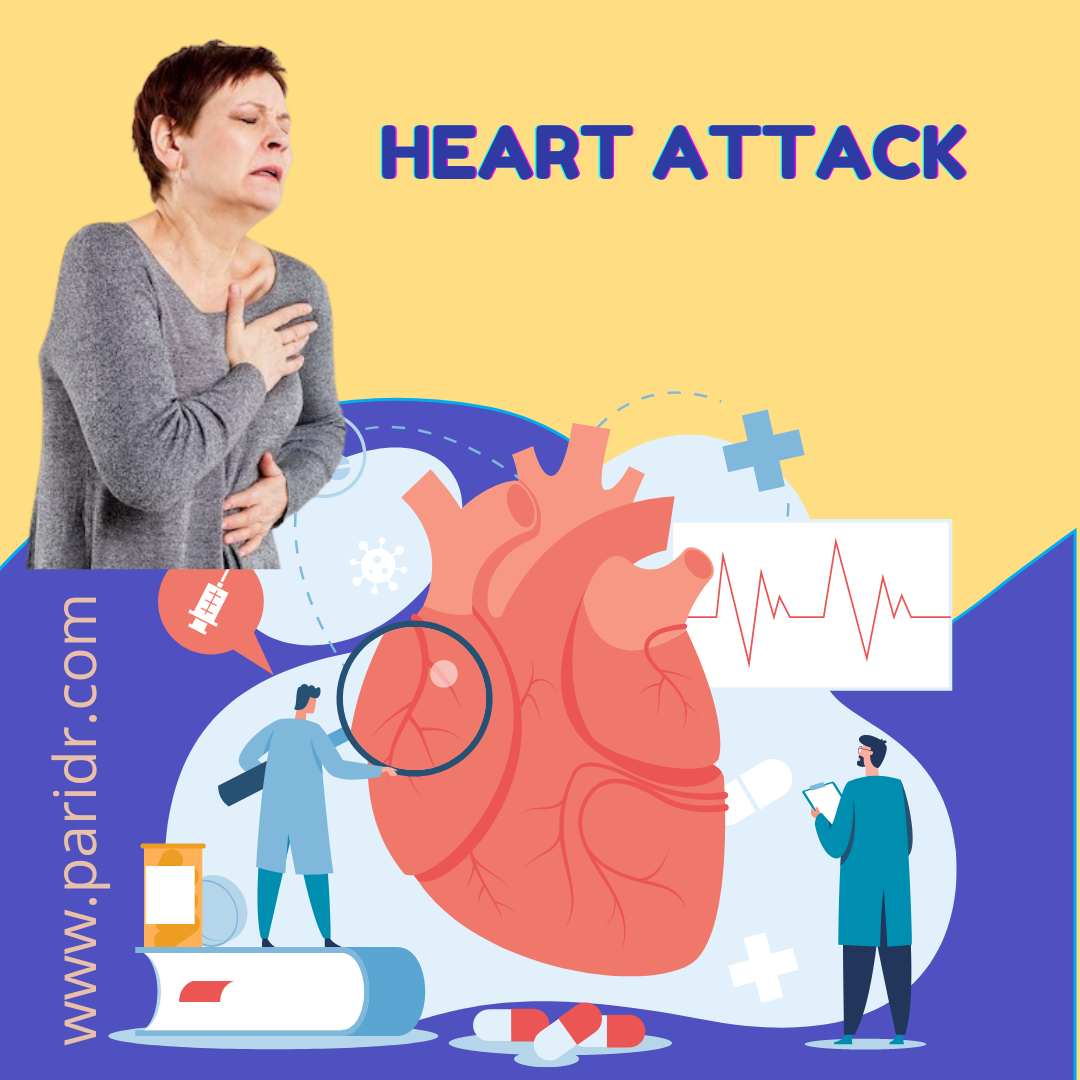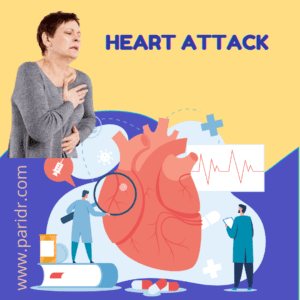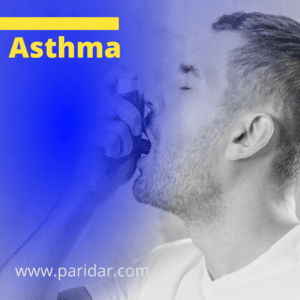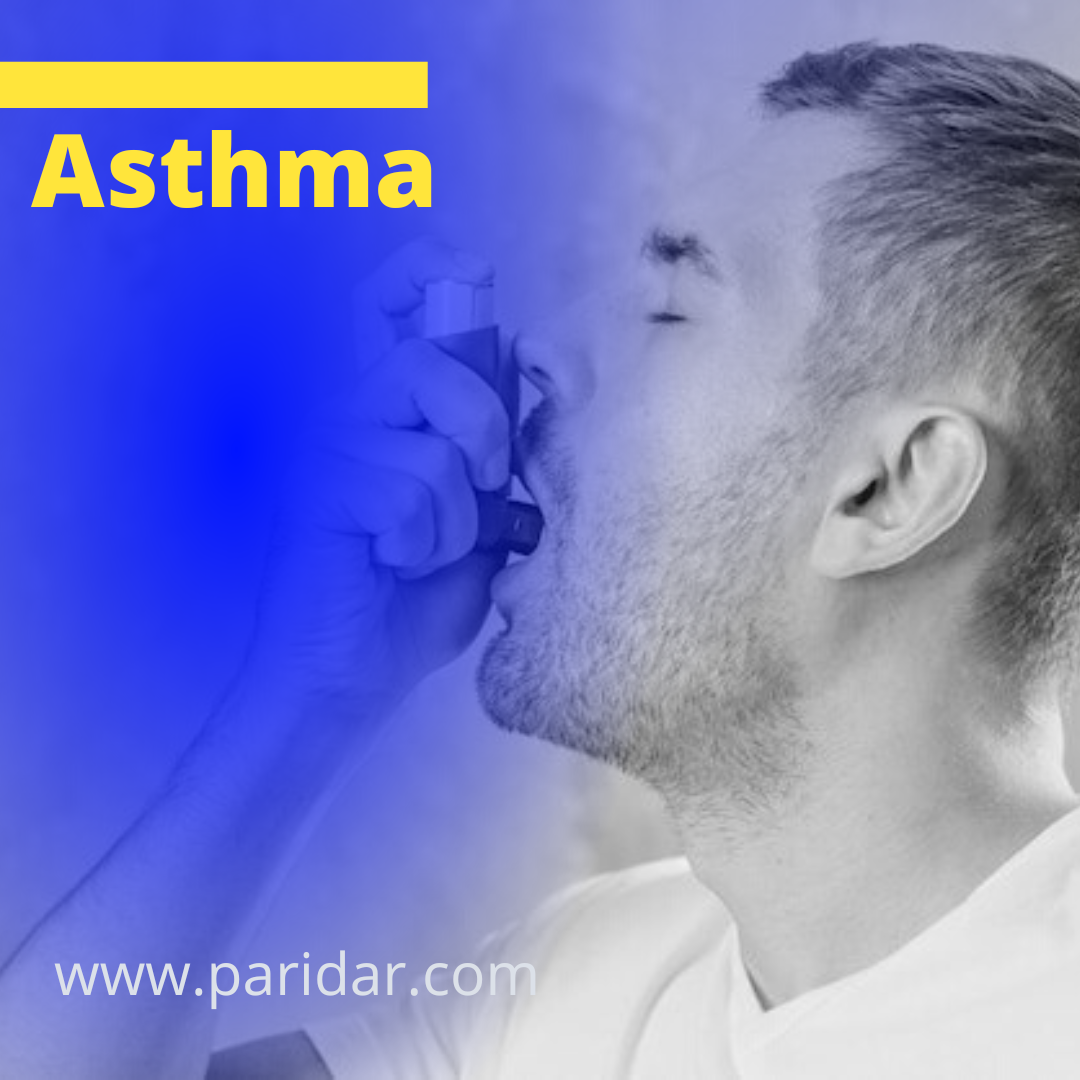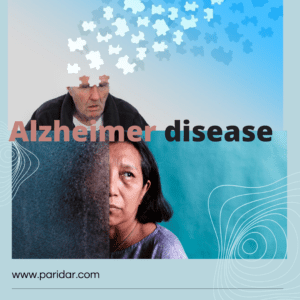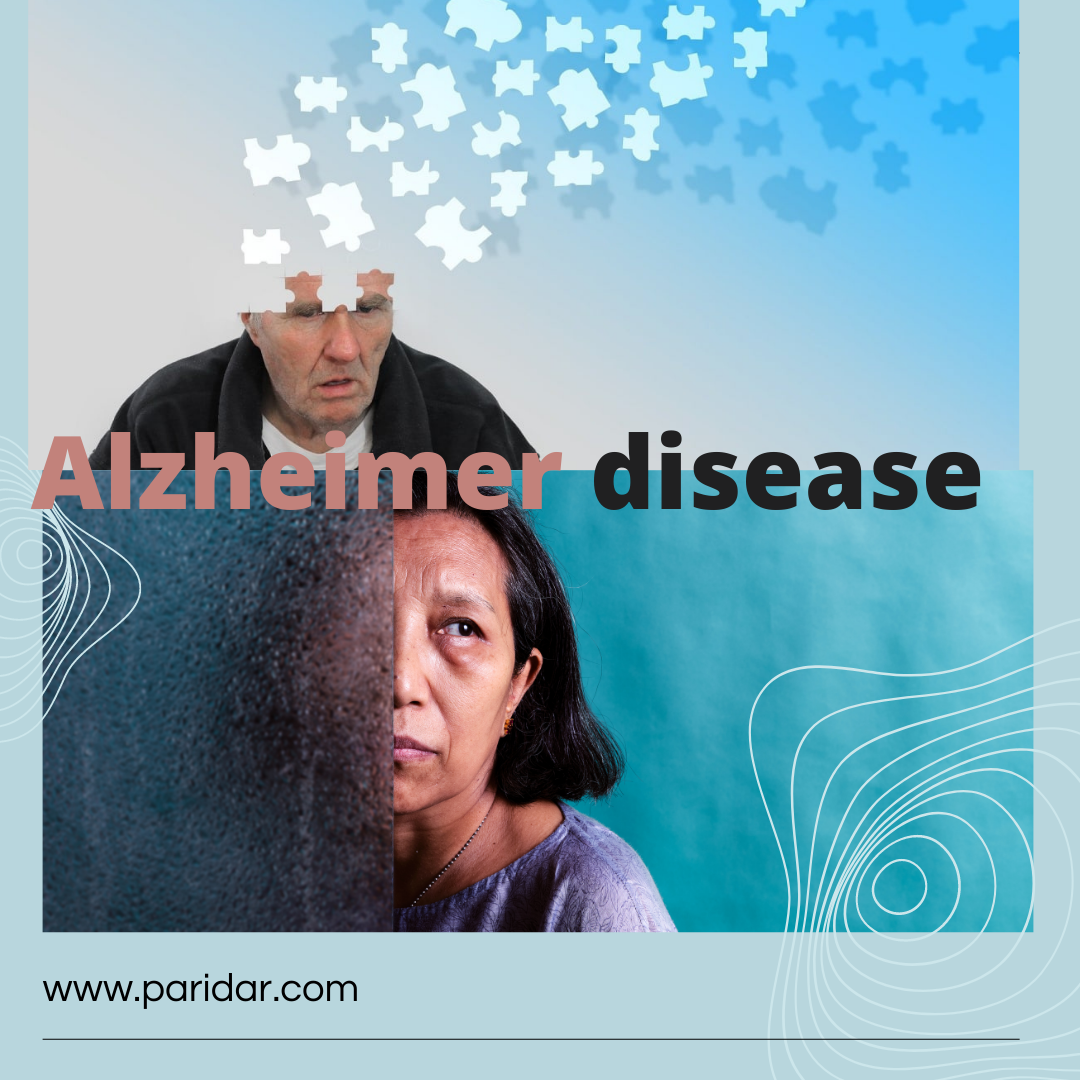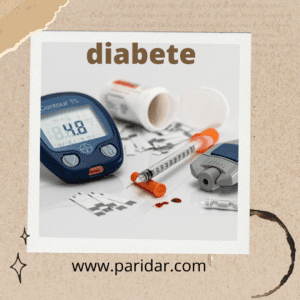Heart attack is the leading cause of death in the United States. More than 1.5 million Americans suffer a heart attack every year, and almost half a million die, according to the American Heart Association. Most heart attacks are the end result of years of silent but progressive coronary artery disease, which can be prevented in many people. A heart attack often is the first symptom of coronary artery disease. According to the American Heart Association, 63% of women and 48% of men who died suddenly of coronary artery disease had no previous symptoms. Heart attacks also are called myocardial infarctions (MIs).
A heart attack occurs when one or more of the coronary arteries that supply blood to the heart are completely blocked and blood to the heart muscle is cut off. The blockage usually is caused by atherosclerosis, the build-up of plaque in the artery walls, and/or by a blood clot in a coronary artery. Sometimes, a healthy or atherosclerotic coronary artery has a spasm and the blood flow to part of the heart decreases or stops. Why this happens is unclear, but it can result in a heart attack.
About half of all heart attack victims wait at least two hours before seeking help. This increases their chance of sudden death or being disabled. The longer the artery remains blocked during a heart attack, the more damage will be done to the heart. If the blood supply is cut off severely or for a long time, muscle cells suffer irreversible injury and die. This can cause the patient to die. That is why it is important to recognize the signs of a heart attack and seek prompt medical attention at the nearest hospital with 24-hour emergency cardiac care.
About one-fifth of all heart attacks are silent, that is, the victim does not know one has occurred. Although the victim feels no pain, silent heart attacks still can damage the heart.
The outcome of a heart attack also depends on where the blockage is, whether the heart rhythm is disturbed, and whether another coronary artery supplies blood to that part of the heart. Blockages in the left coronary artery usually are more serious than in the right coronary artery. Blockages that cause an arrhythmia, an irregular heartbeat, can cause sudden death.
Causes and symptoms
Heart attacks generally are caused by severe coronary artery disease. Most heart attacks are caused by blood clots that form on atherosclerotic plaque. This blocks a coronary artery from supplying oxygen-rich blood to part of the heart. A number of major and contributing risk factors increase the risk of developing coronary artery disease. Some of these can be changed and some cannot. People with more risk factors are more likely to develop coronary artery disease.
Major risk factors
Major risk factors significantly increase the risk of coronary artery disease. Those which cannot be changed are:
Heredity. People whose parents have coronary artery disease are more likely to develop it. African Americans also are at increased risk, due to their higher rate of severe hypertension than whites.
Sex. Men under the age of 60 years of age are more likely to have heart attacks than women of the same age.
Age. Men over the age of 45 and women over the age of 55 are considered at risk. Older people (those over 65) are more likely to die of a heart attack. Older women are twice as likely to die within a few weeks of a heart attack as a man. This may be because of other co-existing medical problems.
Major risk factors that can be changed are:
Smoking. Smoking greatly increases both the chance of developing coronary artery disease and the change of dying from it. Smokers have two to four times the risk of non-smokers of sudden cardiac death and are more than twice as likely to have a heart attack. They also are more likely to die within an hour of a heart attack. Second-hand smoke also may increase risk.
High cholesterol. Cholesterol is a soft, waxy substance that is produced by the body, as well as obtained from eating foods such as meat, eggs, and other animal products. Cholesterol level is affected by age, sex, heredity, and diet. Risk of developing coronary artery disease increases as blood cholesterol levels increase. When combined with other factors, the risk is even greater. Total cholesterol of 240 mg/dL and over poses a high risk, and 200-239 mg/dL a borderline high risk. In LDL cholesterol, high risk starts at 130-159 mg/dL, depending on other risk factors. HDL (healthy cholesterol) can lower or raise the coronary risk also.
High blood pressure. High blood pressure makes the heart work harder, and over time, weakens it. It increases the risk of heart attack, stroke, kidney failure, and congestive heart failure. A blood pressure of 140 over 90 or above is considered high. As the numbers increase, high blood pressure goes from Stage 1 (mild) to Stage 4 (very severe). When combined with obesity, smoking, high cholesterol, or diabetes, the risk of heart attack or stroke increases several times.
Lack of physical activity. This increases the risk of coronary artery disease. Even modest physical activity is beneficial if done regularly.
Use of certain drugs or supplements. Extreme caution is advised in the use of the herbal supplement ephedra. The supplement, which was marketed for weight loss and to improve athletic performance, was found to contribute to heart attack, seizure, stoke and death. In April 2003, the U.S. Food and Drug Administration (FDA) investigating controlling or banning the substance. While it was once believed that hormone replacement therapy (HRT) helped prevent heart disease in women, a large clinical trial called the Women’s Health Initiative found the opposite to be true. In 2003, the FDA began requiring manufacturers of HRT to place warnings on the box listing adverse effects of estrogen, including increased risk of heart attack, stroke and blood clots. The labels also must mention that HRT should not be used as a preventive medicine for heart disease.
Contributing risk factors
Contributing risk factors have been linked to coronary artery disease, but their significance or prevalence cannot always be demonstrated. Contributing risk factors are:
Diabetes mellitus. The risk of developing coronary artery disease is seriously increased for diabetics. More than 80% of diabetics die of some type of heart or blood vessel disease.
Obesity. Excess weight increases the strain on the heart and increases the risk of developing coronary artery disease, even if no other risk factors are present. Obesity increases both blood pressure and blood cholesterol, and can lead to diabetes.
Stress and anger. Some scientists believe that stress and anger can contribute to the development of coronary artery disease. Stress, the mental and physical reaction to life’s irritations and challenges, increases the heart rate and blood pressure, and can injure the lining of the arteries. Evidence shows that anger increases the risk of dying from heart disease and more than doubles the risk of having a heart attack right after an episode of anger.
Rheumatoid arthritis in women. A report released in 2003 noted that women with rheumatoid arthritis has a higher risk of heart attach than those without the condition. The reason is most likely the inflammation arthritis causes.
More than 60% of heart attack victims experience symptoms before the heart attack occurs. These sometimes occur days or weeks before the heart attack. Sometimes, people do not recognize the symptoms of a heart attack or are in denial that they are having one. Symptoms are:
Uncomfortable pressure, fullness, squeezing, or pain in the center of the chest. This lasts more than a few minutes, or may go away and return.
Pain that spreads to the shoulders, neck, or arms.
Chest discomfort accompanied by lightheadedness, fainting, sweating, nausea, or shortness of breath.
All of these symptoms do not occur with every heart attack. Sometimes, symptoms disappear and then reappear. A person with any of these symptoms should immediately call an emergency rescue service or be driven to the nearest hospital with a 24-hour cardiac care unit, whichever is quicker.
Diagnosis
Experienced emergency care personnel usually can diagnose a heart attack simply by looking at the patient. To confirm this diagnosis, they talk with the patient, check heart rate and blood pressure, perform an electrocardiogram, and take a blood sample. The electrocardiogram shows which coronary artery is blocked. Electrodes covered with conducting jelly are placed on the patient’s chest, arms, and legs. They send impulses of the heart’s activity through an oscilloscope (a monitor) to a recorder, which traces them on paper. The blood test shows the leak of enzymes or other biochemical markers from damaged cells in the heart muscle. In 2003, the FDA cleared a new test for ruling out heart attacks in people who come to emergency rooms with severe chest pains. It is the first new blood test for evaluation of heart attacks since 1994 and is used along with an electrocardiogram.
Treatment
Heart attacks are treated with cardiopulmonary resuscitation (CPR) when necessary to start and keep the patient breathing and his heart beating. Additional treatment can include close monitoring, electric shock, drug therapy, re-vascularization procedures, percutaneous transluminal coronary angioplasty and coronary artery bypass surgery. Upon arrival at the hospital, the patient is closely monitored. An electrical-shock device, a defibrillator, may be used to restore a normal rhythm if the heartbeat is fluttering uncontrollably. Oxygen often is used to ease the heart’s workload or to help victims of severe heart attack breathe easier. If oxygen is used within hours of the heart attack, it may help limit damage to the heart.
Drugs to stabilize the patient and limit damage to the heart include thrombolytics, aspirin, anticoagulants, painkillers and tranquilizers, beta-blockers, ace-inhibitors, nitrates, rhythm-stabilizing drugs, and diuretics. Drugs that limit damage to the heart work only if given within a few hours of the heart attack. Thrombolytic drugs that break up blood clots and enable oxygen-rich blood to flow through the blocked artery increase the patient’s chance of survival if given as soon as possible after the heart attack. Thrombolytics given within a few hours after a heart attack are the most effective. Injected intravenously, these include anisoylated plasminogen streptokinase activator complex (APSAC) or anistreplase (Eminase), recombinant tissue-type plasminogen activator (r-tPA, Retevase, or Activase), and streptokinase (Streptase, Kabikinase).
To prevent additional heart attacks, aspirin and an anticoagulant drug often follow the thrombolytic drug. These prevent new blood clots from forming and existing blood clots from growing. Anticoagulant drugs help prevent the blood from clotting. The most common anticoagulants are heparin and warfarin. Heparin is given intravenously while the patient is in the hospital. Warfarin, taken orally, often is given later. Aspirin helps to prevent the dissolved blood clots from reforming.
To relieve pain, a nitroglycerine tablet taken under the tongue may be given. If the pain continues, morphine sulfate may be prescribed. Tranquilizers such as diazepam (Valium) and alprazolam (Ativan) may be prescribed to lessen the trauma of a heart attack.
To slow down the heart rate and give the heart a chance to heal, beta-blockers often are given intravenously right after the heart attack. These can also help prevent sometimes fatal ventricular fibrillation. Beta-blockers include atenolol (Tenormin), metoprolol (Lopressor), nadolol, pindolol (Visken), propranolol (Inderal), and timolol (Blocadren).
Nitrates, a type of vasodilator, also are given right after a heart attack to help improve the delivery of blood to the heart and ease heart failure symptoms. Nitrates include isosorbide mononitrate (Imdur), isosorbide dinitrate (Isordil, Sorbitrate), and nitroglycerin (Nitrostat).
When a heart attack causes an abnormal heart-beat, arrhythmia drugs may be given to restore the heart’s normal rhythm. These include: amiodarone (Cordarone), atropine, bretylium, disopyramide (Norpace), lidocaine (Xylocaine), procainamide (Procan), propafenone (Rythmol), propranolol (Inderal), quinidine, and sotalol (Betapace). Angiotensin-converting enzyme (ACE) inhibitors reduce the resistance against which the heart beats and are used to manage and prevent heart failure. They are used to treat heart attack patients whose hearts do not pump well or who have symptoms of heart failure. Taken orally, they include Altace, Capoten, Lotensin, Monopril, Prinivil, Vasotec, and Zestril. Angiotensin receptor blockers, such as losartan (Cozaar) may substitute. Diuretics can help get rid of excess fluids that sometimes accumulate when the heart is not pumping effectively. Usually taken orally, they cause the body to dispose of fluids through urination. Common diuretics include: bumetanide (Bumex), chlorthalidone (Hygroton), chlorothiazide (Diuril), furosemide (Lasix), hydrochlorothiazide (HydroDIRUIL, Esidrix), spironolactone (Aldactone), and triamterene (Dyrenium).
Percutaneous transluminal coronary angioplasty and coronary artery bypass surgery are invasive revascularization procedures that open blocked coronary arteries and improve blood flow. They usually are performed only on patients for whom clot-dissolving drugs do not work, or who have poor exercise stress tests, poor left ventricular function, or ischemia. Generally, angioplasty is performed before coronary artery bypass surgery.
Percutaneous transluminal coronary angioplasty, usually called coronary angioplasty, is a non-surgical procedure in which a catheter (a tiny plastic tube) tipped with a balloon is threaded from a blood vessel in the thigh or arm into the blocked artery. The balloon is inflated and compresses the plaque to enlarge the blood vessel and open the blocked artery. The balloon is then deflated and the catheter is removed. Coronary angioplasty is performed in a hospital and generally requires a two-day stay. It is successful about 90% of the time. For one third of patients, the artery narrows again within six months after the procedure. The procedure can be repeated. It is less invasive and less expensive than coronary artery bypass surgery.
In coronary artery bypass surgery, called bypass surgery, a detour is built around the coronary artery blockage with a healthy leg or chest wall artery or vein. The healthy vein then supplies oxygen-rich blood to the heart. Bypass surgery is major surgery appropriate for patients with blockages in two or three major coronary arteries or severely narrowed left main coronary arteries, as well as those who have not responded to other treatments. It is performed in a hospital under general anesthesia using a heart-lung machine to support the patient while the healthy vein is attached to the coronary artery. About 70% of patients who have bypass surgery experience full relief from angina; about 20% experience partial relief. Long term, symptoms recur in only about three or four percent of patients per year. Five years after bypass surgery, survival expectancy is 90%, at 10 years it is about 80%, at 15 years it is about 55%, and at 20 years it is about 40%.
There are several experimental surgical procedures for unblocking coronary arteries under study including: atherectomy, where the surgeon shaves off and removes strips of plaque from the blocked artery; laser angioplasty, where a catheter with a laser tip is inserted to burn or break down the plaque; and insertion of a metal coil called a stent that can be implanted permanently to keep a blocked artery open.
Prognosis
The aftermath of a heart attack is often severe. Two-thirds of heart attack patients never recover fully. Within one year, 27% of men and 44% of women die. Within six years, 23% of men and 31% of women have another heart attack, 13% of men and 6% of women experience sudden death, and about 20% have heart failure. People who survive a heart attack have a chance of sudden death that is four to six times greater than others and a chance of illness and death that is two to nine times greater. Older women are more likely than men to die within a few weeks of a heart attack. In 2003, a new drug showed some promise in helping patients who have had a heart attack and developed heart failure. Called eplerenone, it lowered the death rate and risk of sudden death among patients tested.
Prevention
Many heart attacks can be prevented through a healthy lifestyle, which can reduce the risk of developing coronary artery disease. For patients who have already had a heart attack, a healthy lifestyle and carefully following doctor’s orders can prevent another heart attack. A heart healthy lifestyle includes eating right, regular exercise, maintaining a healthy weight, no smoking, moderate drinking, no illegal drugs, controlling hypertension, and managing stress.
A healthy diet includes a variety of foods that are low in fat (especially saturated fat), low in cholesterol, and high in fiber; plenty of fruits and vegetables; and limited sodium. Some foods are low in fat but high in cholesterol, and some are low in cholesterol but high in fat. Saturated fat raises cholesterol, and, in excessive amounts, it increases the amount of the proteins in blood that form blood clots. Polyunsaturated and monounsaturated fats are relatively good for the heart. Fat should comprise no more than 30 percent of total daily calories.
Cholesterol, a waxy, lipid-like substance, comes from eating foods such as meat, eggs, and other animal products. It also is produced in the liver. Soluble fiber can help lower cholesterol. Cholesterol should be limited to about 300 mg per day. Many popular lipid-lowering drugs can reduce LDL-cholesterol by an average of 25-30% when combined with a low-fat, low-cholesterol diet. Fruits and vegetables are rich in fiber, vitamins, and minerals. They are also low calorie and nearly fat free. Vitamin C and beta-carotene, found in many fruits and vegetables, keep LDL-cholesterol from turning into a form that damages coronary arteries. Excess sodium can increase the risk of high blood pressure. Many processed foods contain large amounts of sodium, which should be limited to a daily intake of 2,400 mg—about the amount in a teaspoon of salt.
The “Food Guide” Pyramid developed by the U.S. Departments of Agriculture and Health and Human Services provides easy to follow guidelines for daily heart-healthy eating: six to 11 servings of bread, cereal, rice, and pasta; three to five servings of vegetables; two to four servings of fruit; two to three servings of milk, yogurt, and cheese; and two to three servings of meat, poultry, fish, dry beans, eggs, and nuts. Fats, oils, and sweets should be used sparingly.
Regular aerobic exercise can lower blood pressure, help control weight, and increase HDL (“good”) cholesterol. It may keep the blood vessels more flexible. Moderate intensity aerobic exercise lasting about 30 minutes four or more times per week is recommended for maximum heart health, according to the Centers for Disease Control and Prevention and the American College of Sports Medicine. Three 10-minute exercise periods also are beneficial. Aerobic exercise—activities such as walking, jogging, and cycling—uses the large muscle groups and forces the body to use oxygen more efficiently. It also can include everyday activities such as active gardening, climbing stairs, or brisk housework.
Maintaining a desirable body weight also is important. About one-fourth of all Americans are overweight, and nearly one-tenth are obese, according to the Surgeon General’s Report on Nutrition and Health. People who are 20% or more over their ideal body weight have an increased risk of developing coronary artery disease. Losing weight can help reduce total and LDL cholesterol, reduce triglycerides, and boost relative levels of HDL cholesterol. It also may reduce blood pressure.
Smoking has many adverse effects on the heart. It increases the heart rate, constricts major arteries, and can create irregular heartbeats. It also raises blood pressure, contributes to the development of plaque, increases the formation of blood clots, and causes blood platelets to cluster and impede blood flow. Heart damage caused by smoking can be repaired by quitting—even heavy smokers can return to heart health. Several studies have shown that ex-smokers face the same risk of heart disease as non-smokers within five to 10 years of quitting.
Drinking should be done in moderation. Modest consumption of alcohol can actually protect against coronary artery disease. This is believed to be because alcohol raises HDL cholesterol levels. The American Heart Association defines moderate consumption as one ounce of alcohol per day—roughly one cocktail, one 8-ounce glass of wine, or two 12-ounce glasses of beer. A study released in 2003 reported that risk of heart attack in men was reduced 30% to 35 % if they drank moderate amounts of alcoholic beverages three or four times a week. In some people, however, moderate drinking can increase risk factors for heart disease, such as raising blood pressure. Excessive drinking is always bad for the heart. It usually raises blood pressure, and can poison the heart and cause abnormal heart rhythms or even heart failure. Illegal drugs, like cocaine, can seriously harm the heart and should never be used.
High blood pressure, one of the most common and serious risk factors for coronary artery disease, can be completely controlled through lifestyle changes and medication. People with moderate hypertension may be able to control it through lifestyle changes such as reducing sodium and fat, exercising regularly, managing stress, quitting smoking, and drinking alcohol in moderation. If these changes do not work, and for people with severe hypertension, there are eight types of drugs that provide effective treatment.
Stress management means controlling mental and physical reactions to life’s irritations and challenges. Techniques for controlling stress include: taking life more slowly, spending time with family and friends, thinking positively, getting enough sleep, exercising, and practicing relaxation techniques.
Daily aspirin therapy has been proven to help prevent blood clots associated with atherosclerosis. It also can prevent heart attacks from recurring, prevent heart attacks from being fatal, and lower the risk of strokes.
Resources
Periodicals
“First New Blood Test to Evaluate Heart Attacks.” Biomedical Market Newsletter January-February 2003: 42.
“Heart Attacks Reduced by Alchohol.” The Lancet January 11, 2003: 149.
Kirn, Timothy F. “FDA Probes Ephedra, Proposes Warning Label (Risk of Heart Attack, Seizure, Stroke).” Clinical Psychiatry News April 2003: 49.
Pitt, Bertram, et al. “Eplerenone, a Selective Aldosterone Blocker, in Patients with Left Ventricular Dysfunction after Myocardial Infarction.” The New England Journal of Medicine April 3, 2003: 1309-1313.
Stephenson, Joan. “FDA Orders Estrogen Safety Warnings: Agency Offers Guidance for HRT Use.” JAMA February 5, 2003: 537.
Organizations
American Heart Association. 7320 Greenville Ave. Dallas, TX 75231. (214) 373-6300. http://www.americanheart.org.
National Heart, Lung and Blood Institute. PO Box 30105, Bethesda, MD 20824-0105. (301) 251-1222. http://www.nhlbi.nih.gov.
Texas Heart Institute. Heart Information Service. PO Box 20345, Houston, TX 77225-0345. http://www.tmc.edu/thi.
www.heart.org (http://www.americanheart.org/)
American Heart Association | To be a relentless force for a world of longer, healthier lives
More Information : www.Paridar.com
More Information:
